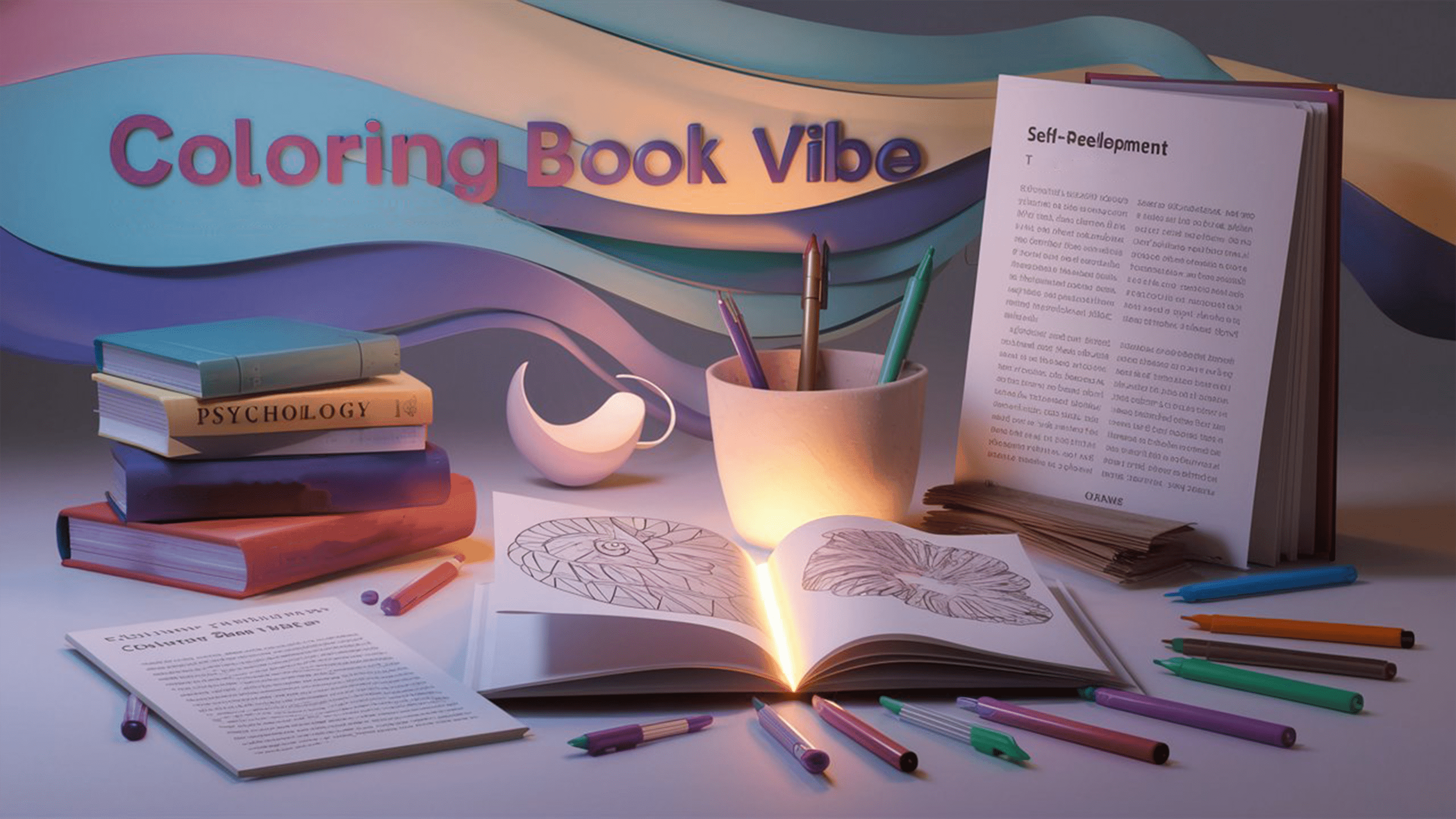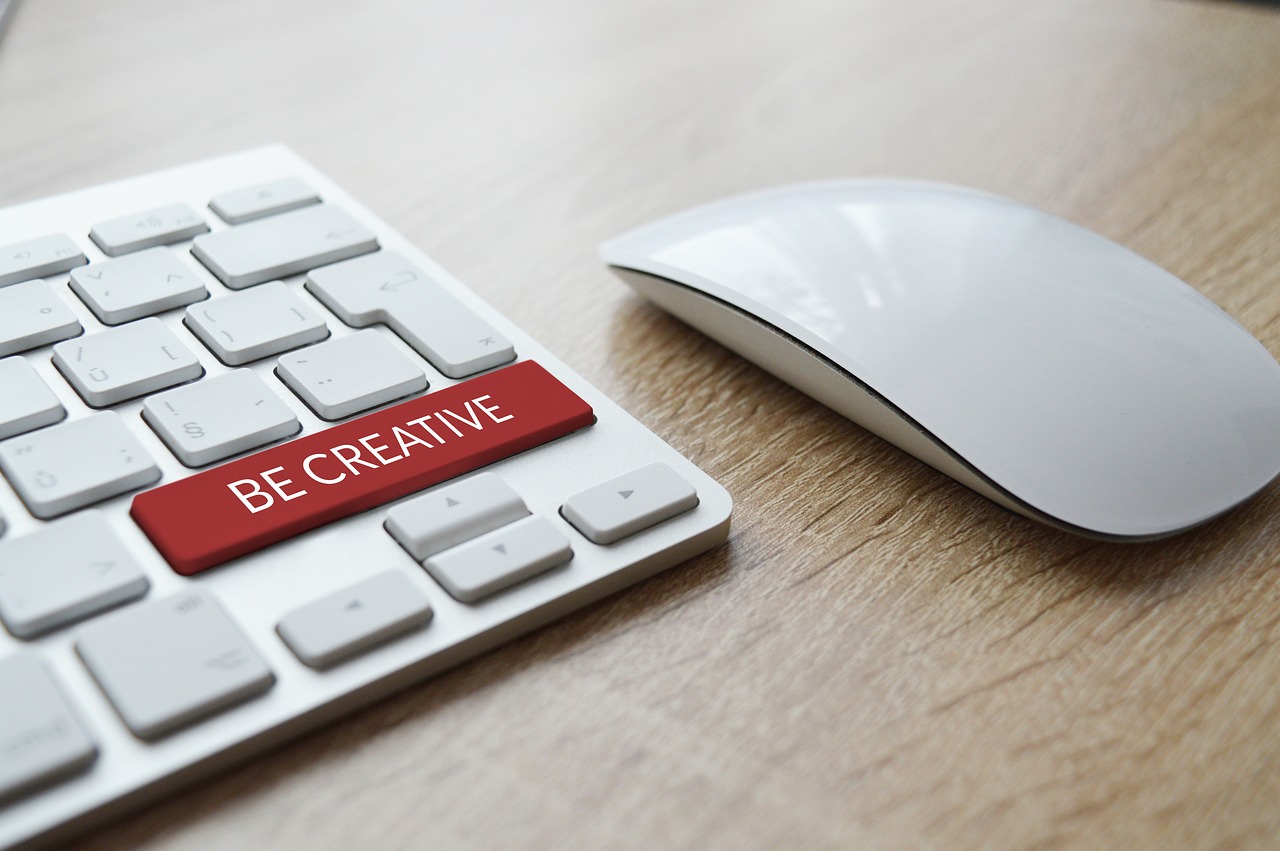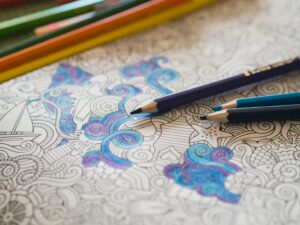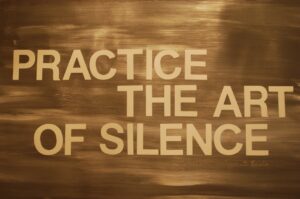“Creative Outlets for Stress” & “How Drawing”
Creative expression has long been recognized as a powerful tool for emotional release and mental well-being. Activities like drawing, painting, and sculpting offer more than just artistic satisfaction—they provide a safe and healthy way to process and express emotions, reduce stress, and improve overall emotional health. These outlets allow individuals to explore their inner world in ways that words often can’t.
This guide will delve into how these forms of creative expression help release emotions, manage stress, and foster mental clarity and well-being.
1. The Science Behind Creative Expression and Emotional Release
Creative activities like drawing, painting, and sculpting engage the brain in ways that help reduce stress and promote emotional regulation. When we engage in creative work, our brains enter a state of “flow,” which psychologist Mihaly Csikszentmihalyi describes as a mental state where we are fully immersed in an activity, losing track of time and self-consciousness.
1.1 Activating the Brain’s Reward System
Engaging in creative tasks triggers the release of dopamine, the brain’s feel-good chemical. This natural boost in dopamine not only enhances mood but also reduces symptoms of anxiety and depression.
-
- Example: Drawing or painting for even a short period can lead to feelings of relaxation and satisfaction, helping to alleviate negative emotions like frustration, anger, or sadness.
1.2 Nonverbal Emotional Expression
Sometimes, emotions can be too complex or overwhelming to put into words. Creative activities provide a nonverbal outlet for expressing those emotions. By putting feelings into visual form—whether through colors, shapes, or textures—individuals can process and release emotions that they might not fully understand.
-
- Example: Someone struggling with grief may find it difficult to articulate their feelings, but creating abstract art with dark or muted colors might help them express and work through their pain.
1.3 Reducing Stress Through Focused Attention
Creative tasks often require deep focus and concentration, which can help divert attention away from stressors. This state of mindfulness—where attention is fully immersed in the present moment—acts as a mental break from the worries and anxieties of daily life.
-
- Example: Sculpting clay requires tactile engagement and focus on form and structure, allowing individuals to momentarily disconnect from their worries and focus on the task at hand.
2. How Drawing Helps with Emotional Release
Drawing is one of the most accessible forms of creative expression, requiring minimal materials and offering limitless possibilities. Whether it’s doodling, sketching, or creating detailed illustrations, drawing allows individuals to explore their thoughts and emotions through line, shape, and imagery.
2.1 Drawing as a Reflection of the Inner World
Many people unconsciously project their emotions onto paper when drawing. This can reveal underlying feelings or thoughts that might otherwise remain buried. Drawing also provides a sense of control—by organizing lines and shapes, individuals can impose structure on chaos, both visually and emotionally.
-
- Example: A person experiencing anxiety may draw erratic or repetitive lines, reflecting their inner turmoil. As they continue to draw, the lines may become more organized, symbolizing a gradual sense of calm.
2.2 Enhancing Self-Understanding
Drawing allows individuals to gain insight into their emotions. For example, the choice of colors, the intensity of lines, or the imagery chosen can reveal underlying emotional states. By reflecting on the completed drawing, individuals can gain greater self-awareness and understanding of their emotional experiences.
-
- Example: Using soft, pastel colors might indicate a desire for peace, while harsh, jagged lines could suggest pent-up frustration or anger.
2.3 Drawing as a Grounding Technique
Drawing can also serve as a grounding technique for those experiencing intense emotions. The physical act of moving a pencil across paper offers a calming, rhythmic activity that brings focus to the present moment, providing relief from overwhelming emotions.
-
- Exercise: Next time you feel anxious, try focusing on drawing repetitive patterns or shapes, such as mandalas or spirals, to ground yourself.
3. Painting for Emotional Expression
Painting offers a more expansive medium for emotional expression, allowing for the use of colors, textures, and movement to convey feelings. It is particularly effective for releasing emotions that feel too intense or complex to verbalize.
3.1 Color as a Tool for Emotional Release
Color is deeply tied to emotions. Different hues evoke different feelings—blue might symbolize calm, while red might indicate anger or passion. When painting, individuals can use color as a way to express what they are feeling on a visceral level, without the need for words.
-
- Example: A person feeling overwhelmed might choose bright, chaotic colors like red and orange to depict their emotional state, later transitioning to cooler, more calming shades like blue and green as they process their emotions.
3.2 The Power of Abstract Painting
Abstract painting, in particular, offers freedom from the constraints of realism. Individuals can let go of the need to create recognizable forms and instead focus on the expressive qualities of color, shape, and texture. This can be especially liberating for those who feel confined by traditional forms of expression.
-
- Example: A swirling, abstract painting full of movement and energy can be a powerful way to release pent-up emotions like frustration or excitement.
3.3 Painting as a Meditative Practice
Like drawing, painting encourages a state of mindfulness. The repetitive brushstrokes, the slow blending of colors, and the focus on composition can have a meditative effect, allowing the mind to quiet and the individual to enter a state of emotional calm.
-
- Exercise: Set aside time for intuitive painting, where you paint without any specific goal or outcome in mind. Allow your emotions to guide your color choices and brushstrokes, using the process as a way to release stress and tension.
4. Sculpting for Emotional Release
Sculpting is a tactile, hands-on activity that engages both the body and the mind. Working with materials like clay, stone, or wood requires focus and physicality, making it a powerful medium for emotional release and stress reduction.
4.1 Physical Engagement with Emotions
Sculpting provides a unique way to channel emotions through physical movement. Kneading, shaping, and molding materials allows individuals to literally “shape” their feelings into something tangible. This physical engagement can be especially helpful for releasing pent-up energy or frustration.
-
- Example: Someone feeling anger or tension might find relief in the repetitive action of pounding or kneading clay, using their hands to release stress in a healthy way.
4.2 Sculpting as a Way to Process Complex Emotions
The process of shaping a sculpture over time mirrors the gradual process of emotional healing. Just as a sculptor refines their work with patience and care, individuals can process and work through their emotions step by step, creating something meaningful in the process.
-
- Example: Creating a sculpture of a human figure or an abstract form can serve as a metaphor for the individual’s journey toward emotional clarity and balance.
4.3 Tactile Comfort and Sensory Feedback
The tactile nature of sculpting provides sensory feedback that can be soothing for individuals who struggle with anxiety or overwhelming emotions. The texture of the material and the repetitive motions used in sculpting offer comfort and can help individuals stay grounded.
-
- Exercise: Next time you’re feeling emotionally overwhelmed, try working with clay or another malleable material. Focus on the sensation of the material in your hands and use the process to release built-up tension.
5. How Creative Outlets Support Emotional Healing
Whether through drawing, painting, or sculpting, creative outlets provide individuals with a nonverbal way to process their emotions, foster self-expression, and build emotional resilience. Regular engagement in creative activities can improve mental health, reduce symptoms of anxiety and depression, and promote emotional well-being.
5.1 Benefits of Regular Creative Practice
Engaging in creative expression on a regular basis can lead to long-term emotional benefits. It helps individuals become more attuned to their emotions, build healthy coping mechanisms, and gain a deeper understanding of themselves.
-
- Benefit: Increased emotional regulation and resilience, with a greater ability to handle stress and difficult emotions.
-
- Benefit: Enhanced self-awareness and personal growth through the exploration of one’s inner world.
5.2 Creative Expression in Therapeutic Settings
Art therapy is a well-established therapeutic approach that uses creative activities to help individuals work through trauma, grief, anxiety, and other emotional challenges. By creating art, individuals can express feelings that might be difficult to verbalize in traditional therapy settings.
-
- Example: In art therapy, a client might use sculpting to process feelings of loss, gradually shaping the material as they work through their emotions.
Conclusion
Creative outlets like drawing, painting, and sculpting offer powerful ways to release emotions, reduce stress, and improve emotional well-being. By engaging in these activities, individuals can explore their inner world, gain self-awareness, and foster emotional resilience. Whether done for personal enjoyment or as part of a therapeutic practice, creative expression provides a safe and fulfilling way to navigate life’s emotional challenges.
Let your imagination run free, Immerse yourself in a world of colors and beauty. Remember, your mental well-being is priceless.
Team coloringbookvibe.com

Coloring Book Vibe is a dedicated publisher of captivating coloring books, along with instructional books on drawing and coloring techniques. We are deeply passionate about the art of coloring, ensuring our designs are always intricate, beautiful, unique, and often infused with a touch of humor. We highly value our customers and always welcome feedback and suggestions. Our collection features an incredible array of coloring books across various genres, including Fantasy, Animals, Mandalas, Doodle Patterns, Floral, Landscapes, Country Scenes, and more.



